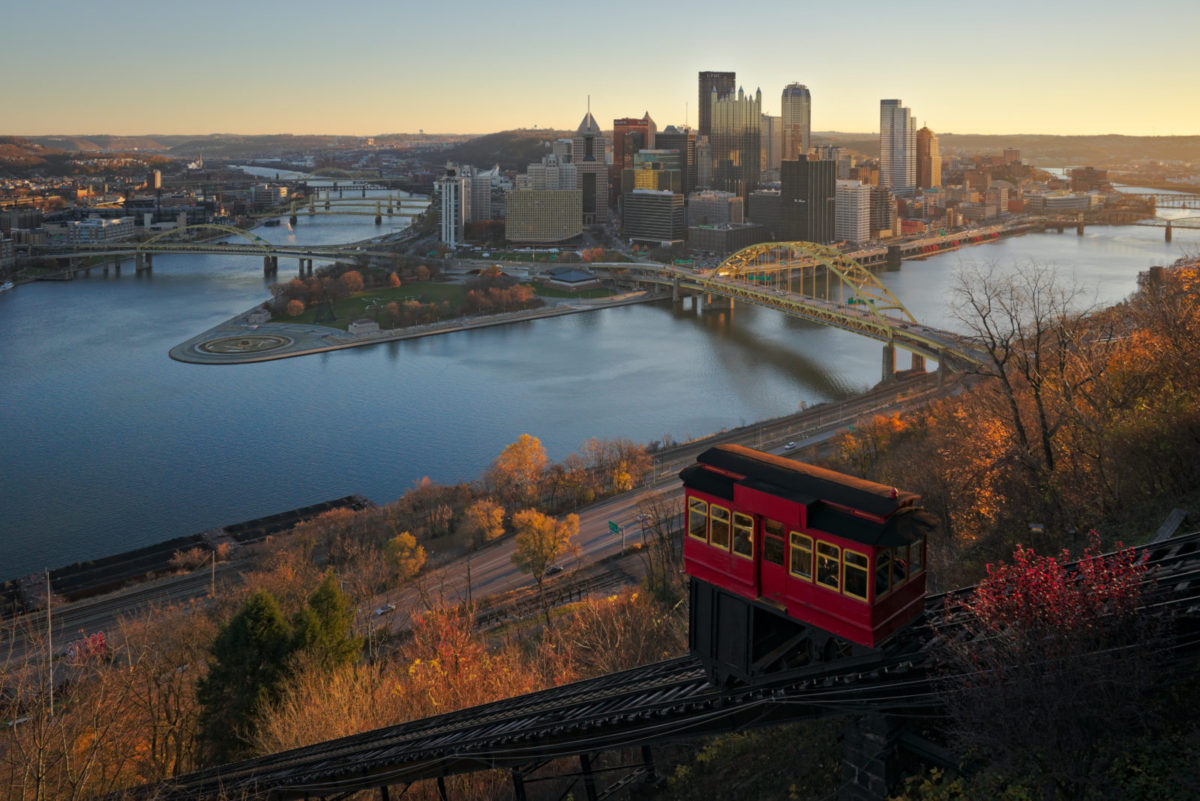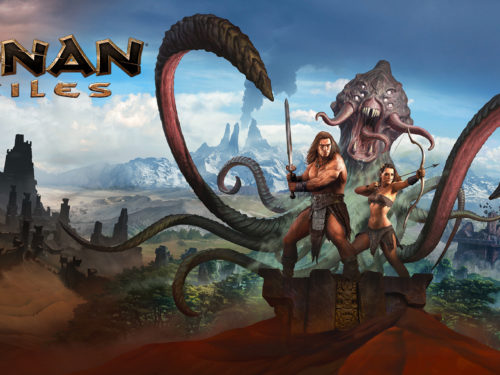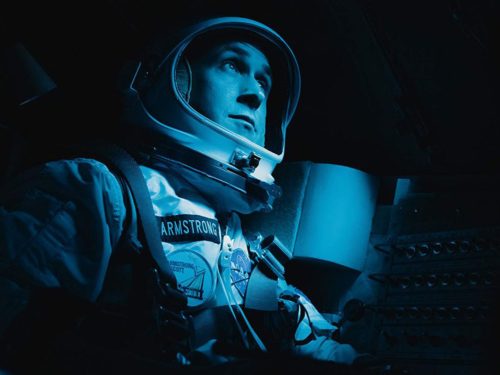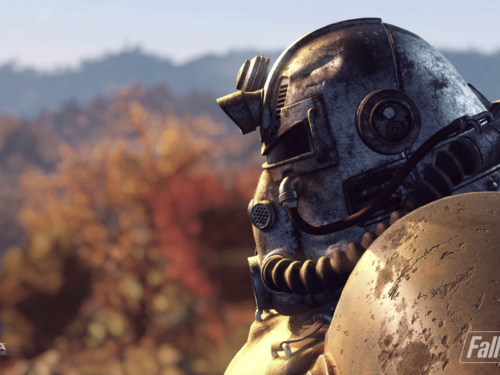Rivers cut Pittsburgh into pieces, and the view is always better across the water. When you’re chasing thrills in southside in car or on foot, it’s hard to look away from downtown — a straight shot across the Birmingham Bridge. There, metal stretches as high as anywhere in the city, high enough to reach eye-level for those living way up on the hills that surround Pittsburgh. Distinct structures, bridges, stadiums, highlight the view, but it’s part of a larger picture. No feature really defines the landscape. The city’s heart of steel and the grimey, winding roads that surround it out farther and farther are all part of the painting.
It is unconditional love that keeps this place warm in the winter of its renaissance. The city, once known mainly for industry and athletic championships, has begun to develop a young, progressive edge — one of those old steel workers got a pair of Doc Martens and a styled moustache. But even during this strange phase of middle age in one of the nation’s oldest cities, those who’ve spent their lives here won’t turn away.
“69 years I’ve lived here,” said a lanky grizzled native down on Carson Street in Southside, an artery of the new culture. “I’ve lived in Michigan, Alabama, Florida… I always come back. I’m a Pittsburgher.”
But that isn’t to say that the Steel City’s older base is pleased with the recent growth spurt. “There didn’t used to be so many bars,” grumbled the older resident wistfully, eyes set across the street toward the neon sign that brands Smokin’ Joe’s, a local dive.
In Pittsburgh’s Southside, a waterfront once dominated by steel mills has been traded for a main drag sporting dozens of watering holes packed with hundreds of millennials on the weekends, fiending for wild nights.
“It’s like a god damn meat market,” exclaimed a transplant from the city’s North Hills. “I go in these places looking for a drink, or to meet some chicks, and it’s all no-neck frat boys looking for a fix. I can’t breathe in there.”
College culture has spread its groping drunk liberal fingers into a city rooted in conservative industry. But this should hardly be unexpected. There are a dozen colleges within half as many miles of the city’s center, including the 28,000-student University of Pittsburgh.
“How can you not LOVE it?” yelled one young Pitt student over the din of a packed bar. Her friends nodded appreciatively, elbows bumping and drinks spilling as a horde of newcomers swarmed the counter, seeking $1 Yuengling pitchers.
The two sides of Pittsburgh’s coin today don’t complement one another, but they do coexist in a strange sort of harmony. Both the old and new brands of citizenry have a shared revelry in alcohol, despite different standards for its pricing.
In that respect, there’s a joint for everyone down in Southside. Dee’s Café, for example, is frequented predominantly by the working class, young and old, and the traditional riff raff, neck-tattoo types. There, the pool cues run crooked and a beer won’t short you more than a few dollars. But in a brilliant twist of the natural dichotomy that only Lady Luck is capable of, The Urban Tap lies just a block away. Its neon lights and moody interior are a testament to gentrification everywhere, and its drinks are priced to match. The young, white and college-educated are happy to pay the price for a swap of old ideals: in these places, status and atmosphere are worth all the cold, hard cash in the town.
This is reflected in the cost of an apartment as much as anything — a trendy spot near a college might run you a grand or more a month. Look a few blocks away, where people have been living on the same wages for decades, and you can find yourself paying just a few Benjamins every time the landlord comes knocking.
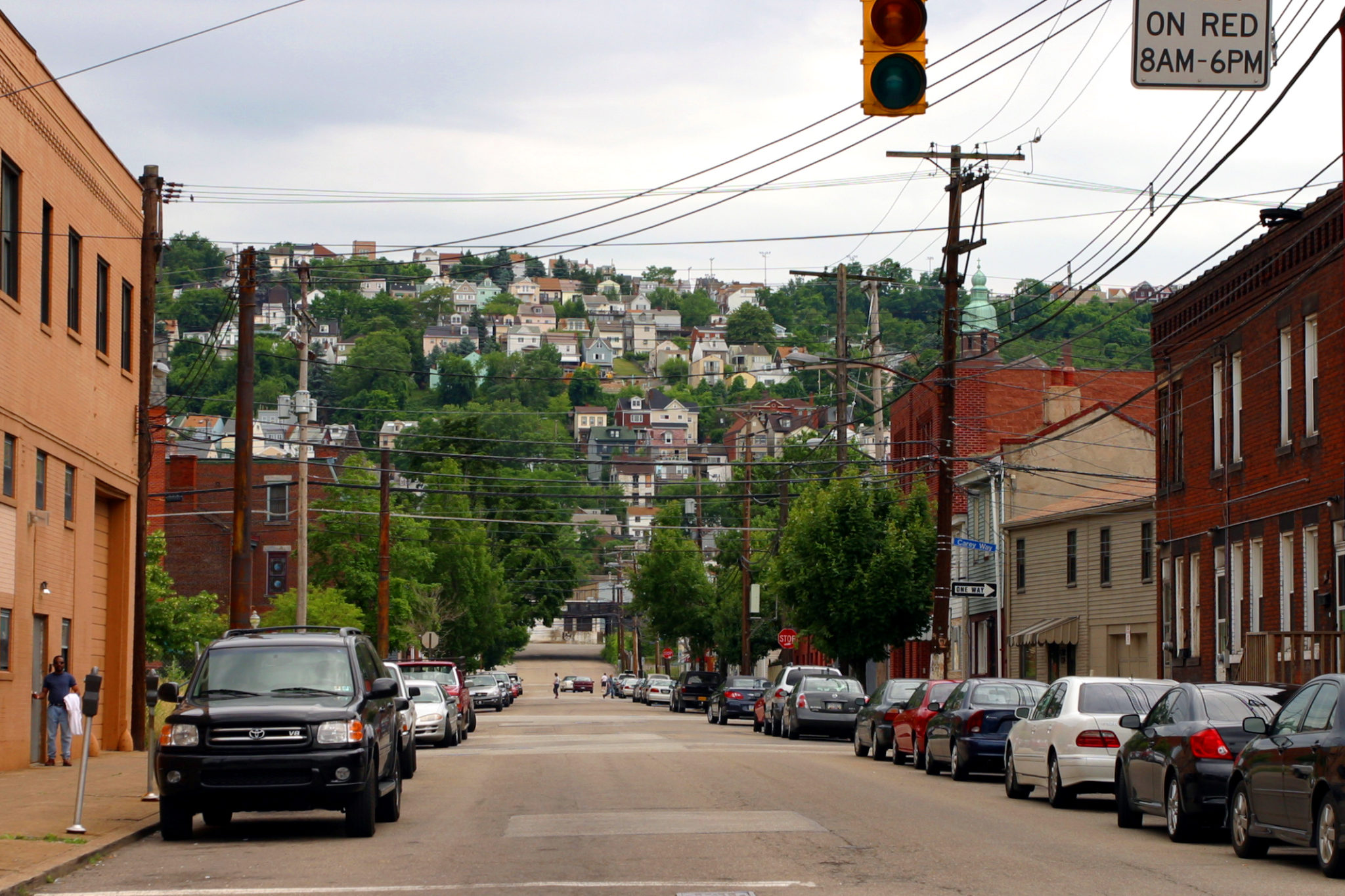
The city’s love for sports, though, is where gaps are bridged, transcending social class and race in an absolute, and somewhat magical, way. For those who’ve spent little time in a true “sports town,” the significance of this might be lost. But for those who’ve woken up to shouting on a Sunday morning, for those who’ve been a part of the bar chorus which moans and revels in unison, for anyone who has ever made a friend purely by an intangible and inexplicable commonality of fanhood, this sort of thing is important. It’s a type of unity that is unmatched in any other sect of life, and in Pittsburgh it is everything.
But with the dominance of sport comes a brutal emotional attachment to success that is out of the control of the everyday citizen. Spending a day in any given retail location on a Monday, the attentive listener will hear the same conversation again, again and again.
“Yinz see the game? Agh, sloppy mess. Terrible.”
Nine times out of 10, these disparaging comments follow a Steelers victory. On the occasion, heaven-forbid, that you find yourself in Pittsburgh following a loss, the mood of the populace falls as one. And if you’re in the service industry, forget about getting tips.
“It was like a dark, black cloud was hanging over everything. For five whole days I didn’t see anyone smile in here,” said a bartender near Pitt, shaking his head the weekend following a recent playoff loss.
With more Super Bowl wins than any other city, being an athlete in Pennsylvania’s second-largest urban center comes with a particularly high bar. Not that they’re above your Average Joe, though. It isn’t unusual for a professional athlete to be spotted casually at the gym or a half-off margarita night. There’s a sense of tight community, a feeling that no one is above one another in Pittsburgh that makes it feel more like a small town than a long-standing American metropolis.
The only piece of Pittsburgh sports which seems to divide more than unite is when athletics and politics mix. The older base, views and background aside, would rather keep them separate.
“There’s that Colin Kaepernick again,” said an old black resident wandering up to the counter at the beer distributor. He was gesturing to the SportsCenter clips running on the TV above the cooler. “Cut your hair you damn hippy. I’d like to see him in a real protest — try tear gas and see how he does.”
It isn’t that messages of activism go unheard or unsupported by these folks, but that there’s a demand for decisive action here in an old-school way. Pick your lane and ride it at 80 MPH or get the hell off the road. Needless to say, Pittsburgh’s younger base generally feels differently. They’re more politically active, in the standard West Coast sense of passive support.
The burgeoning young base has been an amplifier for a once underground arts scene, as well. Pittsburgh is the home of recently deceased George Romero, famed horror film auteur, as well as a handful of popular musicians, such as Wiz Khalifa. But the city’s new wave has brought these niches to the surface, resulting in an influx of garage bands, such as young jam-band The Clock Reads. In the midst of recording an album at Carnegie Mellon studios, one member tried to describe the niches they’ve found in town.
“I don’t know if there’s like an indie rock scene. There might be, but I don’t know. I know for sure there’s a jam band scene. What would be another scene? Like a punk scene? There probably is but like…”
“There is a punk scene. I feel like there’s something for everybody,” chimed in the bassist. “We just don’t know about it. Everybody has their own thing here.”
Although it was never at Pittsburgh’s forefront, music has been a part of the city’s lifestyle. Record stores have prevailed here through the medium’s birth, death and revival. Places like Jerry’s and The Attic have been around long enough to see multiple generations of regulars. Better still, Pittsburgh’s cost of living wasn’t lost on these places: You’d be hard-pressed to find a piece of vinyl at Jerry’s for more than $10.
That dichotomy — hipster luxury set before the backdrop of middle America — is at the crux of the city’s growing pains. Gentrification and the bank accounts of college parents are driving up rent and food prices, while most of Pittsburgh continues to smoke in bars and pay $2 a beer like it’s 1985.
Fortune tellers might look to the West Coast for premonitions of what’s to come here, but none of those Pacific gentrified graveyards have the blue-collar core that roots Pittsburgh. This boxing match is in a different class.
In one corner, the Trump-voting, greasy-handed, chain-smoking construction worker. Across the mat, we have the fiend in fat-rimmed glasses with an adoration for artisanal goods and social justice.
Although these two archetypes have survived one another in Pittsburgh for years, the city appears to be on the brink of some grand climax between them. Only time will tell who comes out on top as two of America’s hottest fighters begin throwing real punches in the Steel City.
Take the Ride is a series of columns detailing Cooper Green’s attempts to stay alive out in the wild, wild world with nothing but his trusty Subaru, PBR and peanut butter. Look for the next one, eventually.
(Split Tooth may earn a commission from purchases made through affiliate links on our site.)

